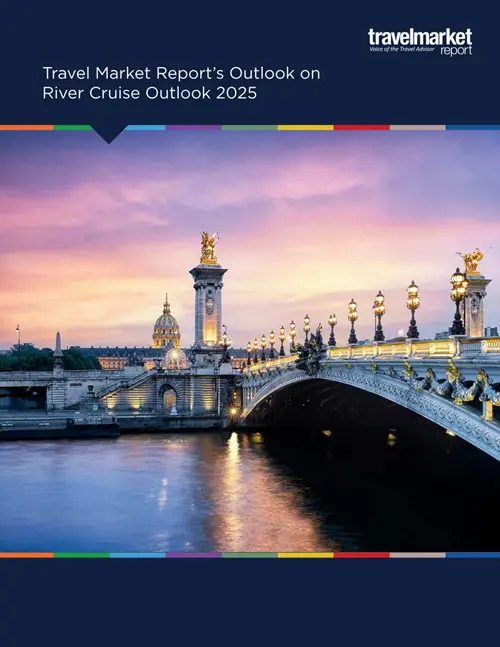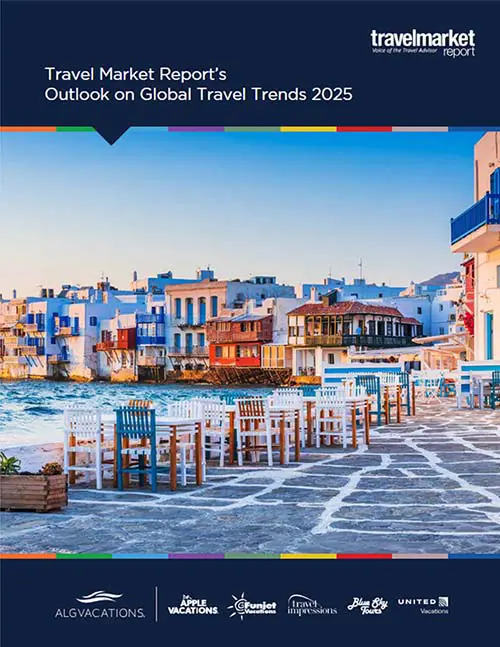How Tour Operators are Combating Overtourism
by Jessica Montevago
Tour operators have adopted off-season discounts and itineraries to less-crowded destinations to combat overtourism in places like Italy. Photo: Matej Kastelic / Shutterstock.com.
Avanti Destinations announced last month that it would partner with the Italian Tourist Board to focus on promoting travel to four regions of the country that are less-traveled than, say, Tuscany or Lazio (home to Rome).
The 16 new customizable itineraries in the “Italy Reimagined” series highlight Piedmont, in the northwest at the foot of the Alps; Puglia, along the Adriatic Sea at the heel of the boot in the southeast; Umbria, known for its medieval hill towns, dense forests and local cuisine, particularly foraged truffles and wines; and Sicily, the island to the country’s south offering a wealth of ancient ruins and dramatic landscapes.
Offering itineraries to lesser-known destinations in popular countries, like Italy, is becoming a viable strategy, and a responsible one, for tour operators as they look to provide alternatives to overcrowded destinations. Dispersing crowds throughout a country, rather than conglomerating visitors only at the main tourist hubs, can alleviate mass crowds, which appeals to weary travelers and locals alike.
“When overtourism occurs in destinations that are not prepared for an influx of visitors, their resources can be depleted. Additionally, at natural or historical sites, overtourism can make it difficult to maintain original structures,” said Gavin Tollman, global CEO of Trafalgar.
“Tourism can and should be a force for good. When managed holistically, and for the long-term, tourism has the ability to sustainably advance economies and societies, while protecting cultures and environments that epitomize destination identity.”
Authentic experiences without the tourist crowds
Avanti has put a priority on secondary and tertiary destinations within every country. “With the rise of the overtourism phenomenon, there is more reason than ever to encourage travelers to explore those ‘undiscovered’ places with fewer tourists,” Paul Barry, Avanti’s executive chairman, told Travel Market Report.
Barry continued to say that, in addition to its partnership with the National Tourist Board of Italy, the brand has also begun working with VisitBritain and VisitFindland, to provide that authentic experience and “escape” from tourist crowds, even during high season.
“This joint promotion gives travel agents many new possibilities to recommend to their clients who loved their first or second trip to Italy,” Barry continued. “We have long been promoting travel to secondary cities, small towns and the countryside, not only to avoid the tourist crowds, but because these less-touristed places preserve the authenticity that travelers, particularly FIT travelers, are eager to experience.”
Providing alternatives to crowded cities
Globus also has introduced itineraries that move tourists away from the over-traveled cities in favor of more quaint, lesser-known destinations. Building upon the success of its 2018 “Undiscovered Italy” itineraries, which visit places like Apulia and Bari, the tour operator introduced nine new “Undiscovered Britain” tours that invite guests to discover uncrowded places in England, Scotland and Wales.
For example, “Hidden Treasures of Southern England” skips Kent and Berkshire in favor of Bath, Cotswolds, Tetbury and the Isle of Wight.
“The response to these new tours has been extremely positive, showing that there’s a healthy market for innovative, new travel experiences,” said Steve Born, chief marketing officer for the Globus family of brands.
In addition to inviting travelers to go outside the typical “must-see” destinations to experience more of the world, Born said Globus has introduced off-season “Escapes,” helping to balance the flow of traveler traffic, while continuing to positively contribute to local economies year-round.
Dispersing crowds over the course of the year
For the second year, Trafalgar’s peak season tours have cost more than off-seasons itineraries, in an effort to spread out travelers over the course of a year.
“We encourage year-round travel, working to break the bottleneck approach by staggering travelers across the seasons,” Tollman said. “We strive to widen the travel paths of our guests, encouraging dispersal by offering new and interesting experiences to promote off-peak seasons and lesser-known areas for our guests to explore.”
By offering a financial incentive, clients are encouraged to book less-popular times of the year, drawing people away from the one-week spring break or Christmastime vacations.
On average, Trafalgar operates the most low-season departures in the industry, according to Tollman, with prices as low as 25 percent less than the cost of the same trips during the high season, in an effort to encourage travelers to experience these beautiful destinations year-round.
























